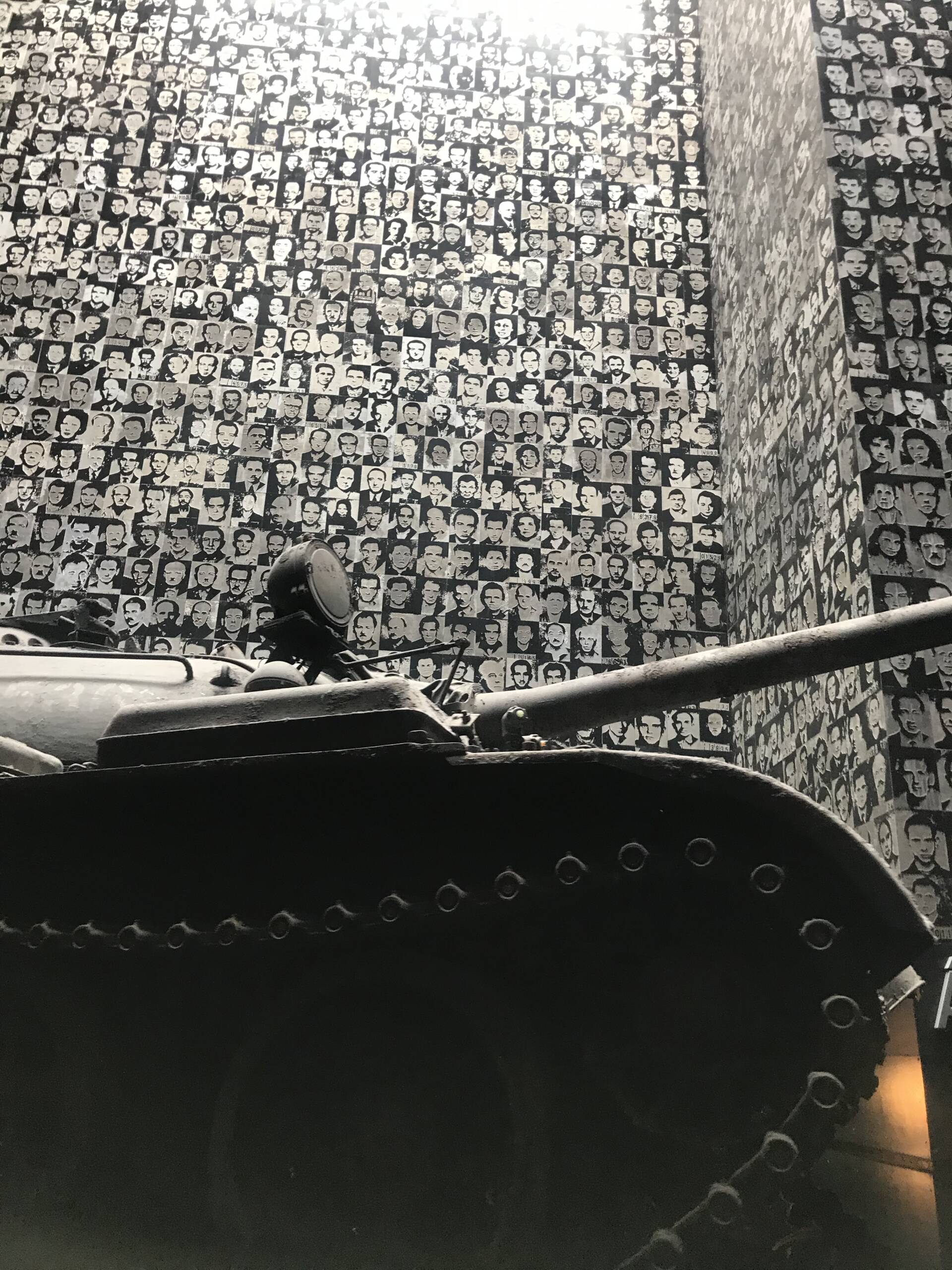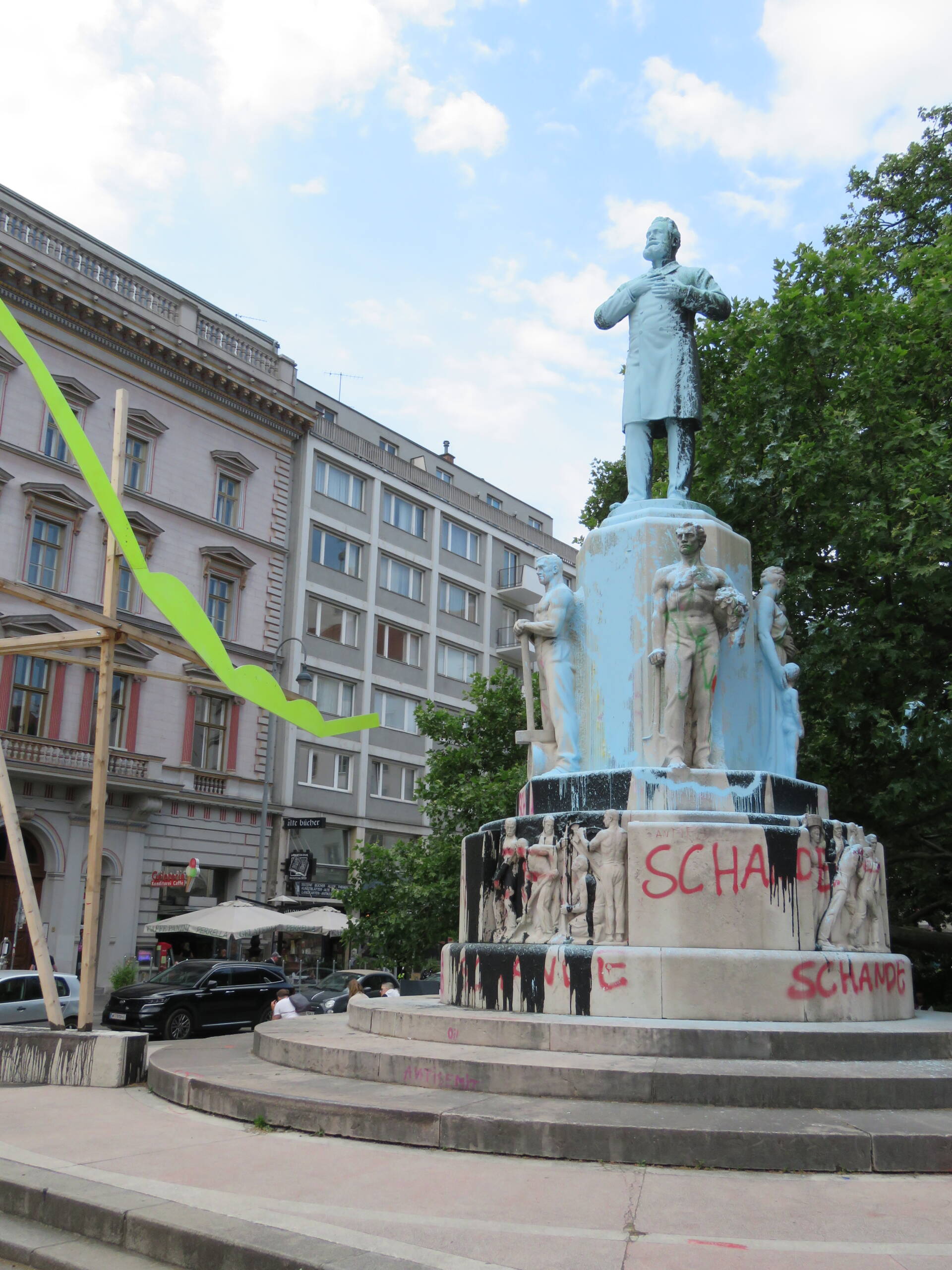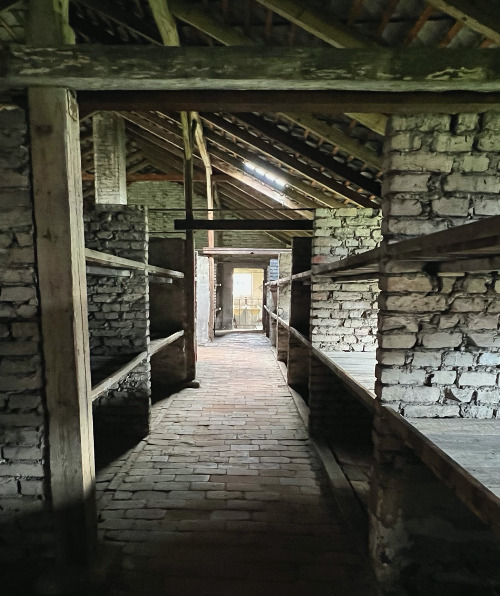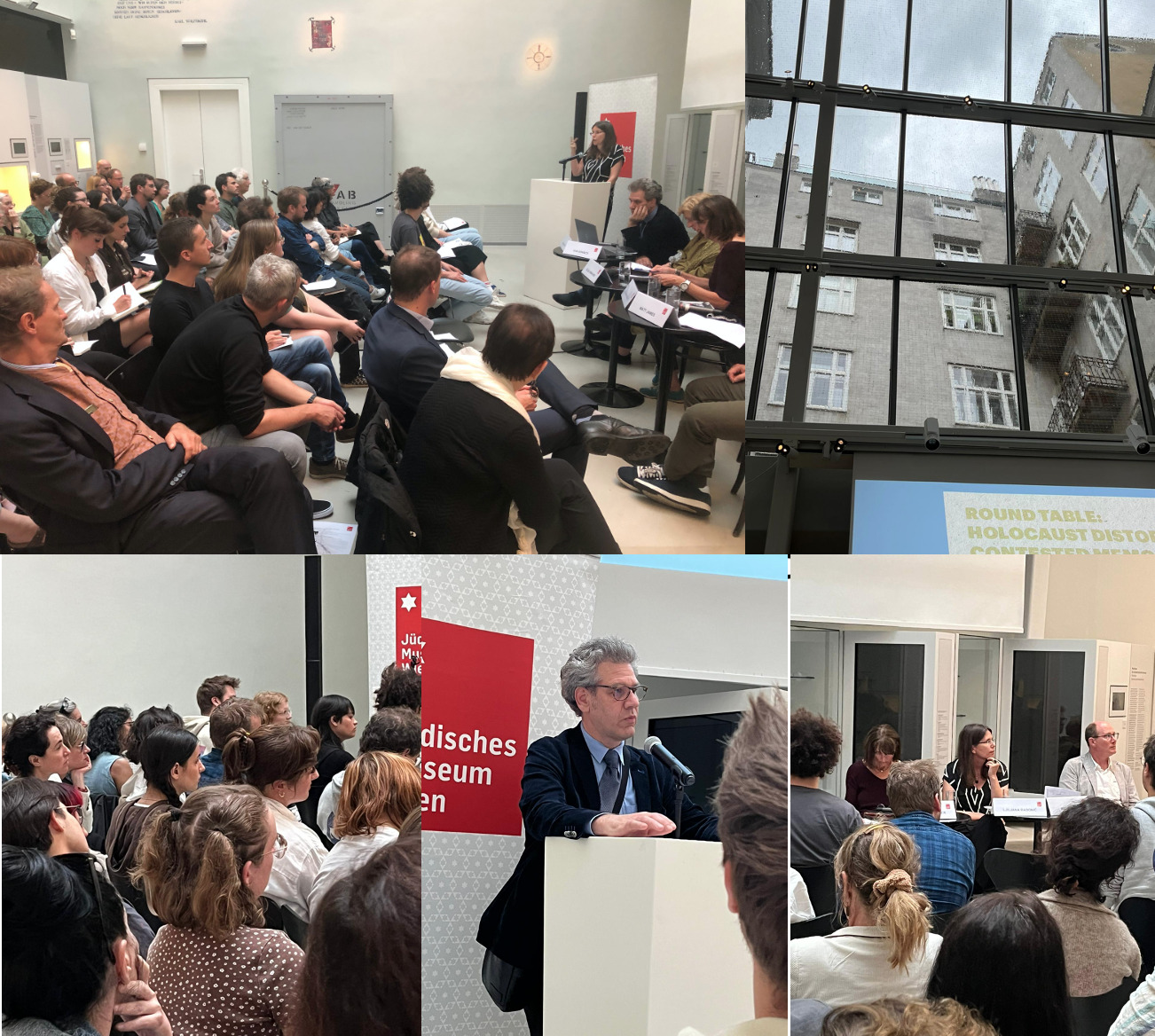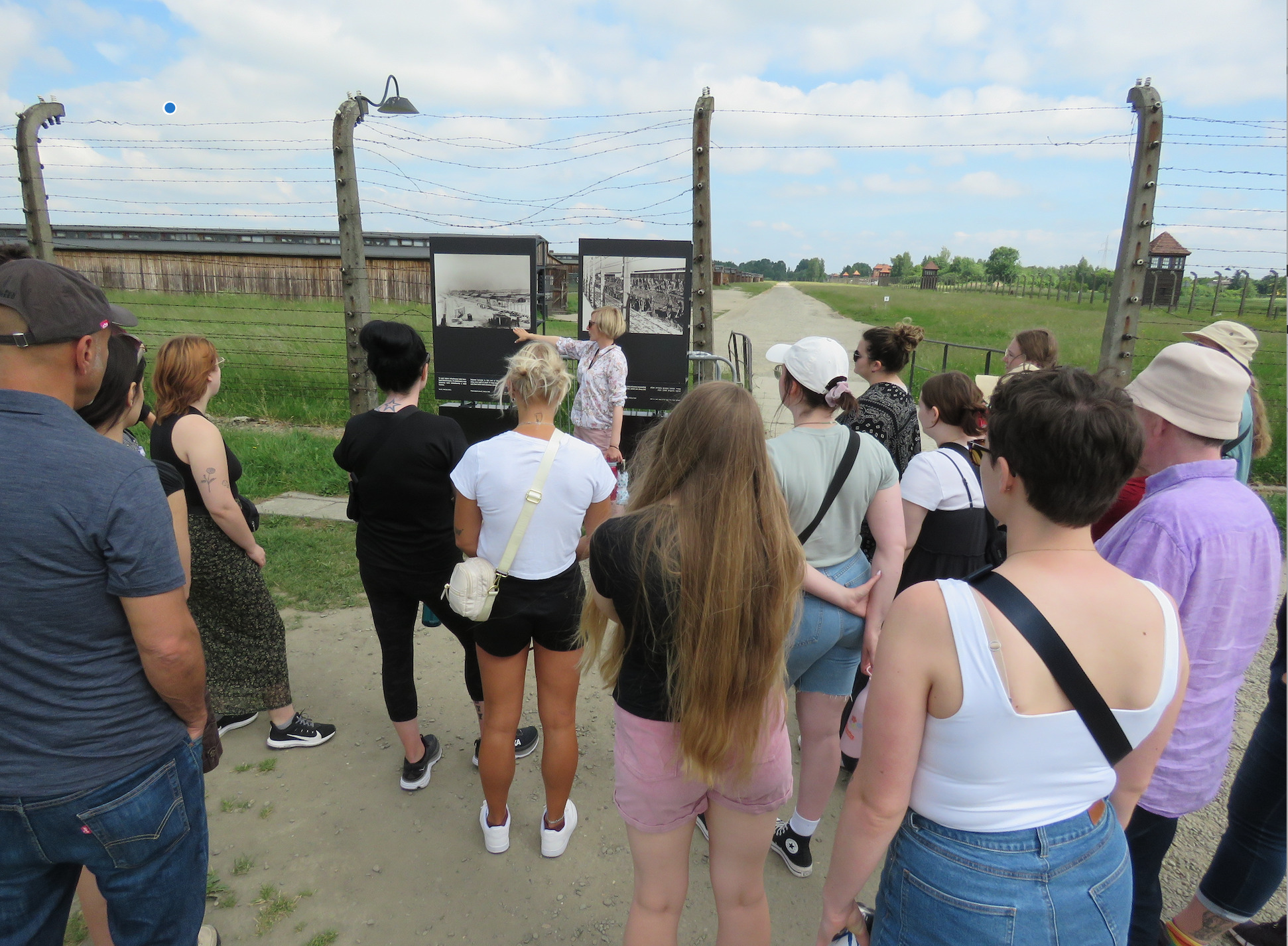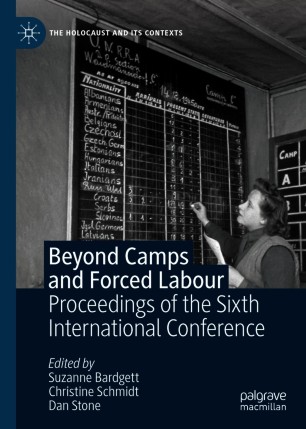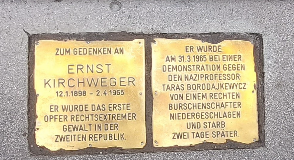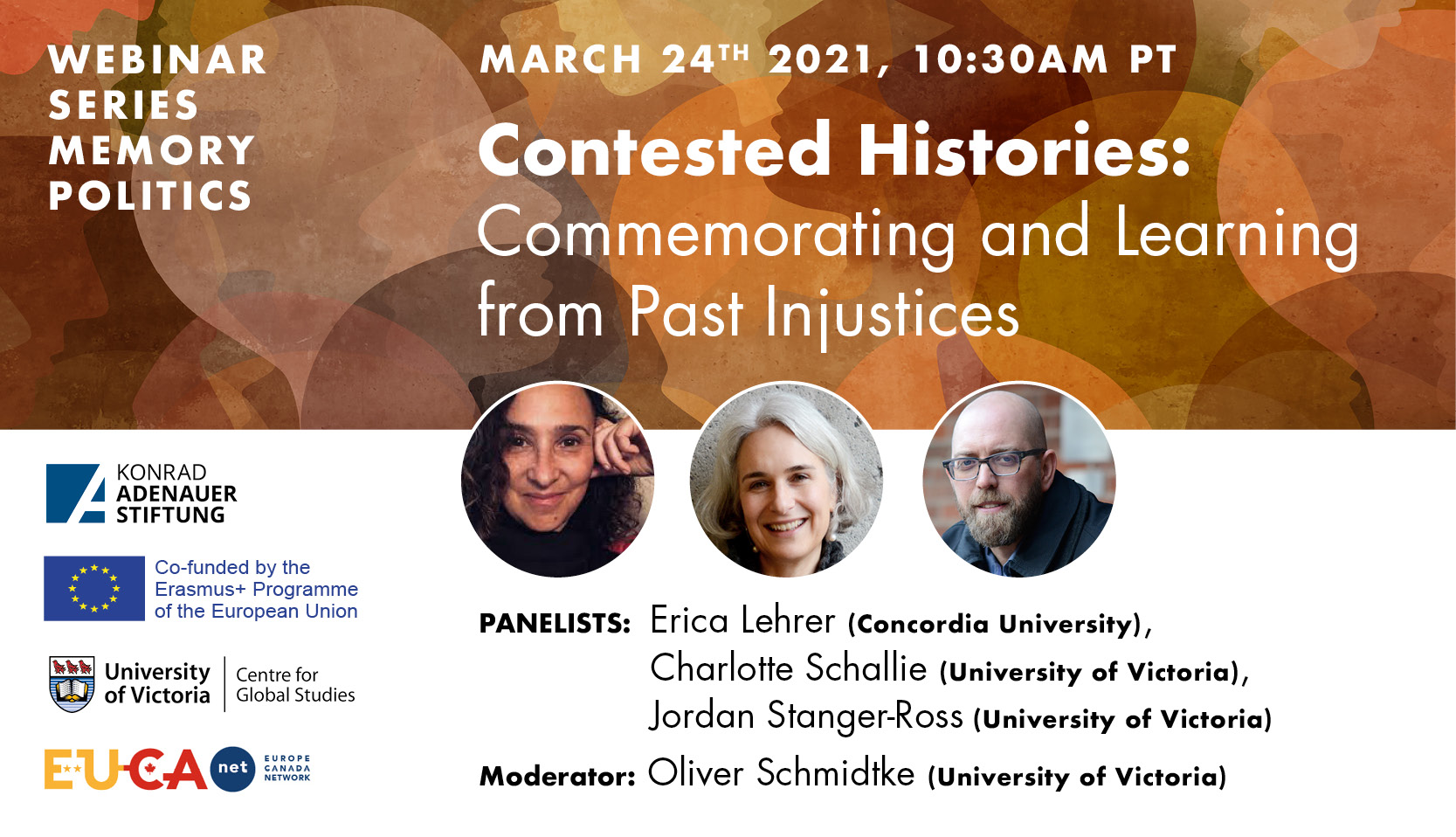Surviving Terror: From the Holocaust Memorial Center to the House of Terror
Since arriving in Budapest with the study tour in memory politics, our days have been packed full with informative conference panels and interactive experiences co-organised by the Erasmus+ Jean Monnet Network European Memory Politics at the Faculty of Social Sciences at Eötvös Loránd University (ELTE) with the support of the Konrad Adenauer Foundation Canada. On the second day of the conference, I was able to visit the Holocaust Documentation Center and the House of Terror. A well known issue in memory studies is how countries in the former Eastern bloc come to terms with and memorialize the Holocaust and crimes committed under communist regimes. Hungary provides a great opportunity for case study, as it faced both Nazi and Soviet terror, but also provides an interesting perspective as it was allied with the Third Reich during World War II.
Around 2 o’clock in the afternoon we ventured towards Budapest’s Holocaust Museum situated on what appeared to be a quiet street hidden from plain sight. After taking a few wrong turns, we finally arrived at the front entrance of the museum. As we walked towards the ticket office, we passed through a serene courtyard and an incomplete wall of names. In fine print we found names of Hungarian Jews who perished in the Holocaust, as well as a large space waiting to be filled with numerous unknown victims. This blank space prompted me to consider the failure to fully address the nation’s role in the Holocaust and the destruction of Hungarian Jewry.
Constructed in a renovated synagogue, the museum is designed to lead visitors through the experience of Hungarian Jew’s prior to, during and after the Holocaust. Exhibits were divided into specific sections highlighting the deprivation of rights, property, freedom, human dignity and life, as well as responses from different community members and eventually liberation. Each exhibit was complete with material evidence of crimes, musical score, and an abundance of information in both Hungarian and English. Perhaps more striking than the emotional response produced by each finely curated exhibit, was how throughout the tour, we were the only visitors in the museum. I was left to wonder how a Holocaust memorial could feel so empty and lonely.
After departing the Holocaust museum we proceeded to the House of Terror located at 60 Andrassy Avenue, intended to memorialize the victims of “two terror regimes.” Unlike the Holocaust museums low profile location, the House of Terror is easy to find due to its central location and eye popping signage. On the outside the building has miniature plaques with faces of individuals who suffered at the site, with an over-representation of victims from the post-1956 Hungarian uprising.
As we embarked on our journey through the House of Terror, we navigated crowds of tourists and found ourselves confused by the overall organization of the exhibit. With four floors total, and a poor outline of where the tour should start, we proceeded to the basement and worked our way to the top floor. Although visually striking and enhanced by provocative musical scores, I found myself concerned over how a museum dedicated to the victims of the two terror regimes paid little attention to the Nazi’s victims. Rather, the emphasis was almost solely placed on Soviet terror, and in the few cases Nazi terror was highlighted, there was a failure to thoughtfully acknowledge and engage with Hungarian complicity in the persecution of Hungarian Jews.
As I sit here trying to unpack all the information we absorbed today, I am left with a greater desire to learn how it is possible to address the painful legacy of the twentieth century, double occupation, and appropriately memorialize the victims of Nazi and Soviet terror.
Alicia Ward is currently a MA student at the University of Victoria in the department of Germanic and Slavic studies under the supervision of Dr. Serhy Yekelchyk. Her thesis examines the politics of Holocaust memorialization in Ukraine. Alicia received a BA in History from the University of Victoria.
